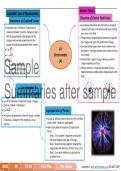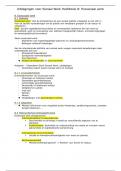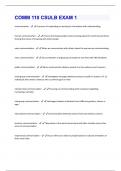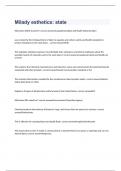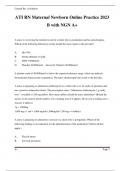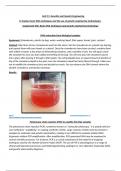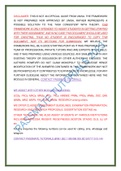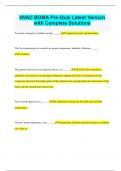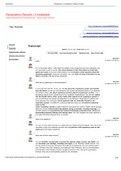Samenvatting
Summary Grade 11 Physical Sciences (PS) Summaries Term 3 - (Via Afrika)
- Vak
- Instelling
Grade 11 Physical Sciences Summaries. This summaries are composed using the Via Afrika textbooks' term 3 work with examples and supplementary notes. Chapter 6: Electricity and Magnetism Unit 1: Electrostatics Unit 2: Electromagnetism Unit 3: Electric Circuits Chapter 5: Chemical ...
[Meer zien]
